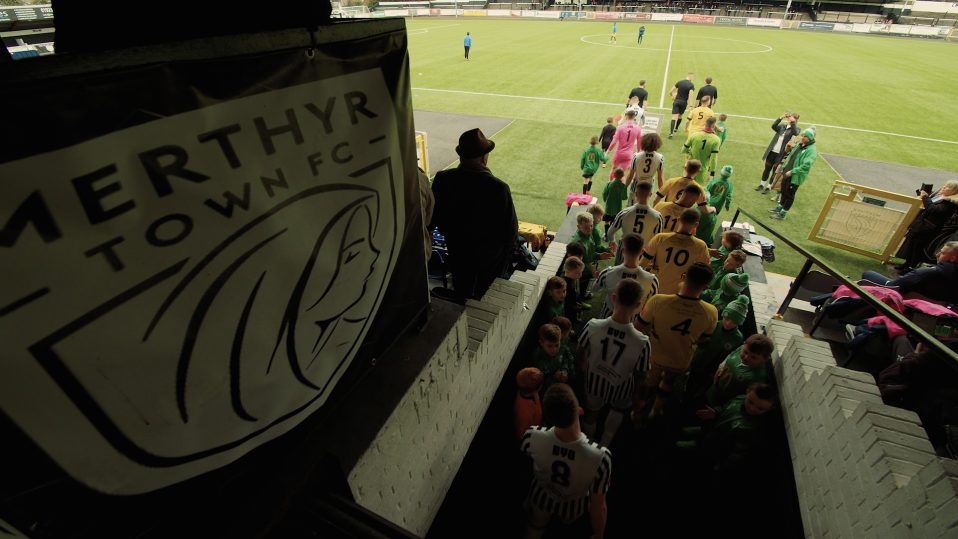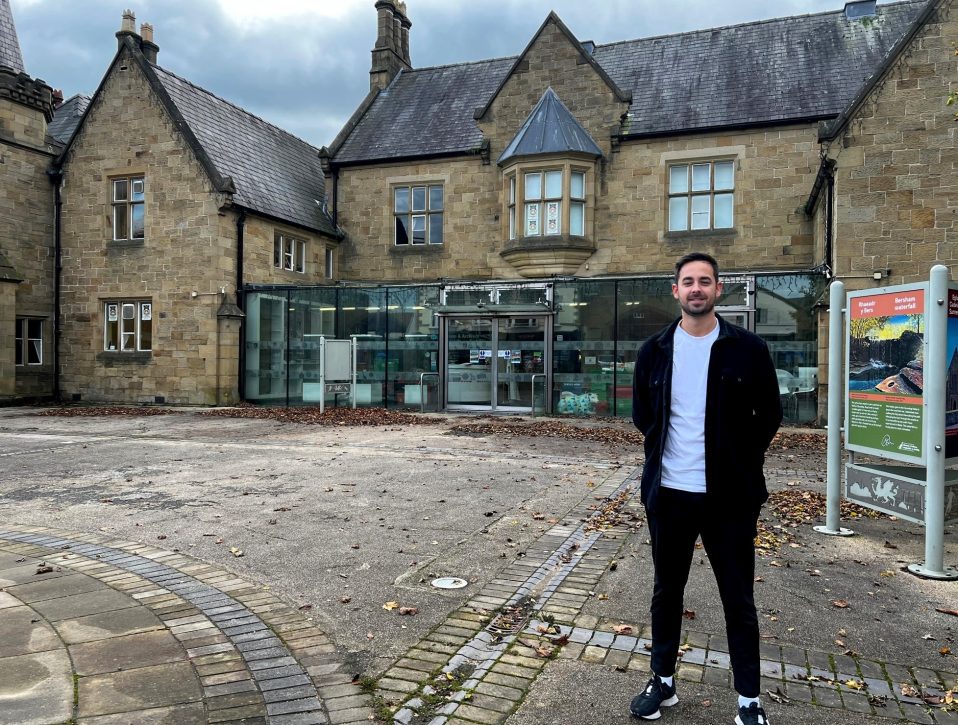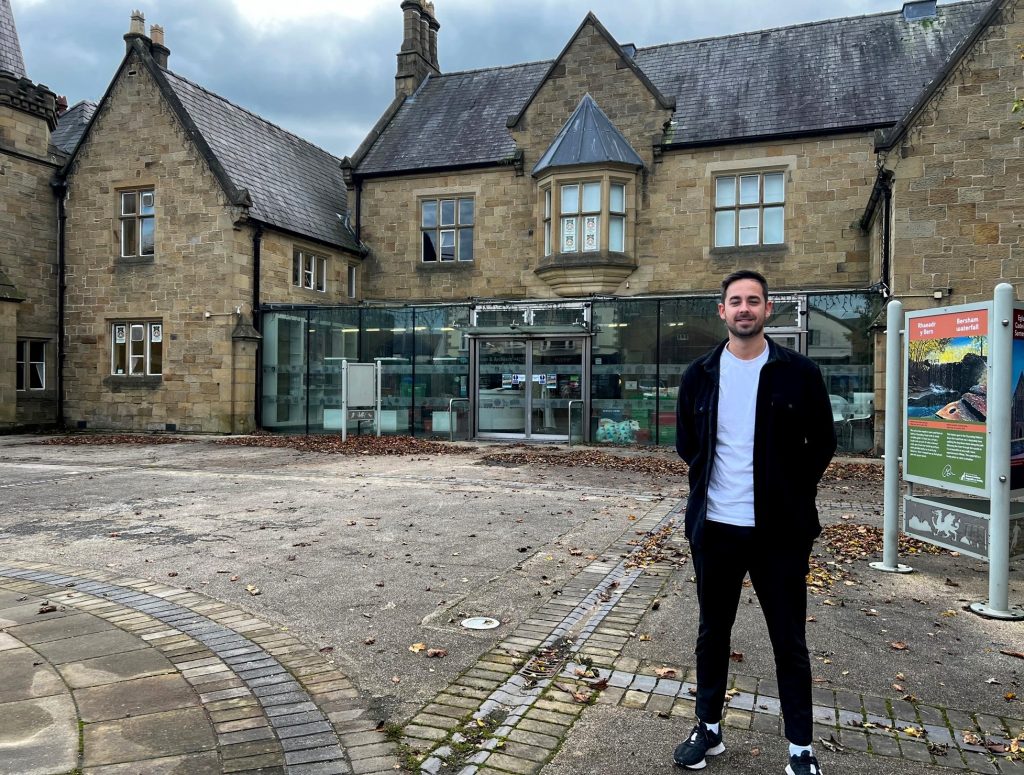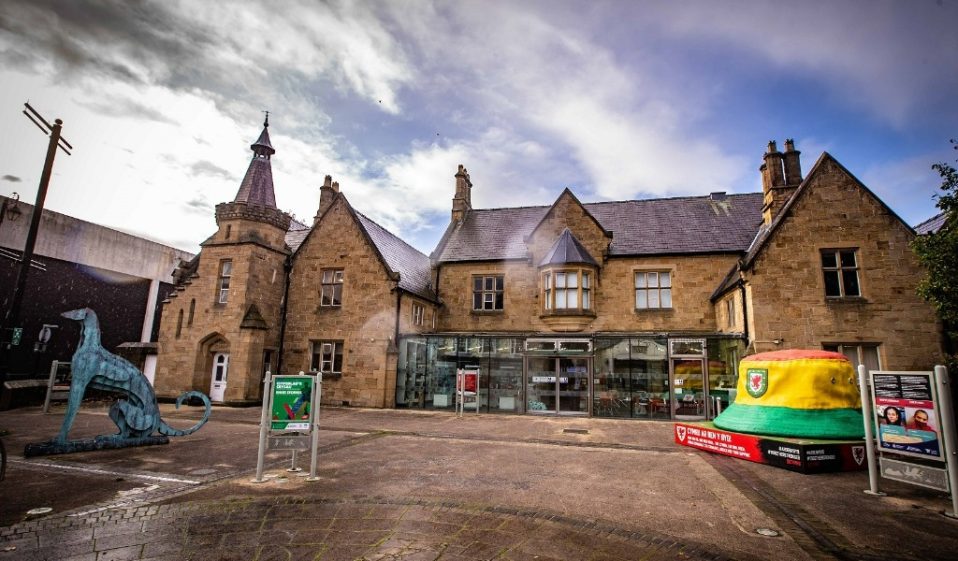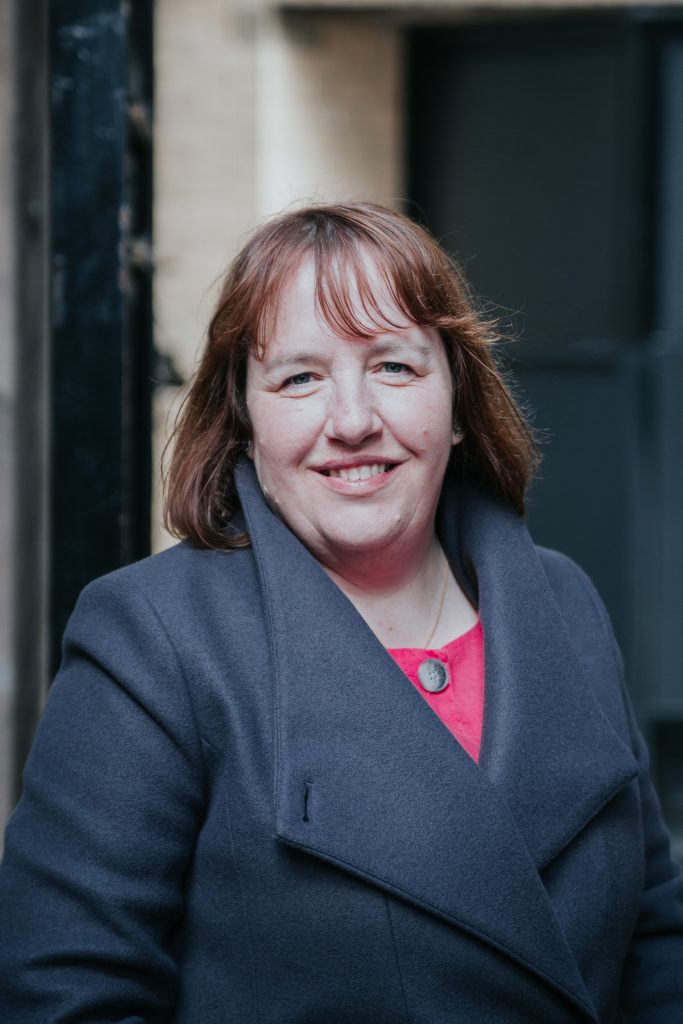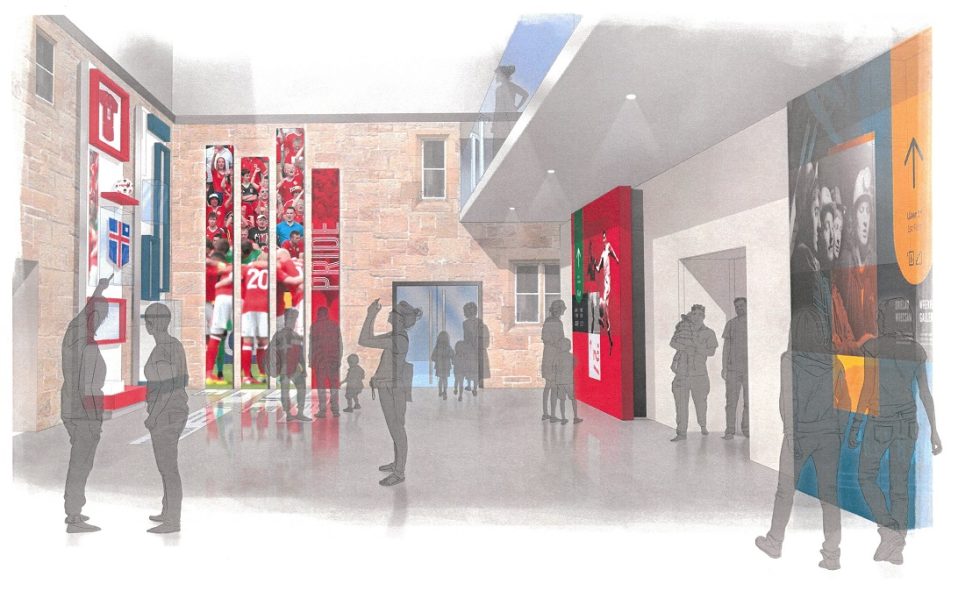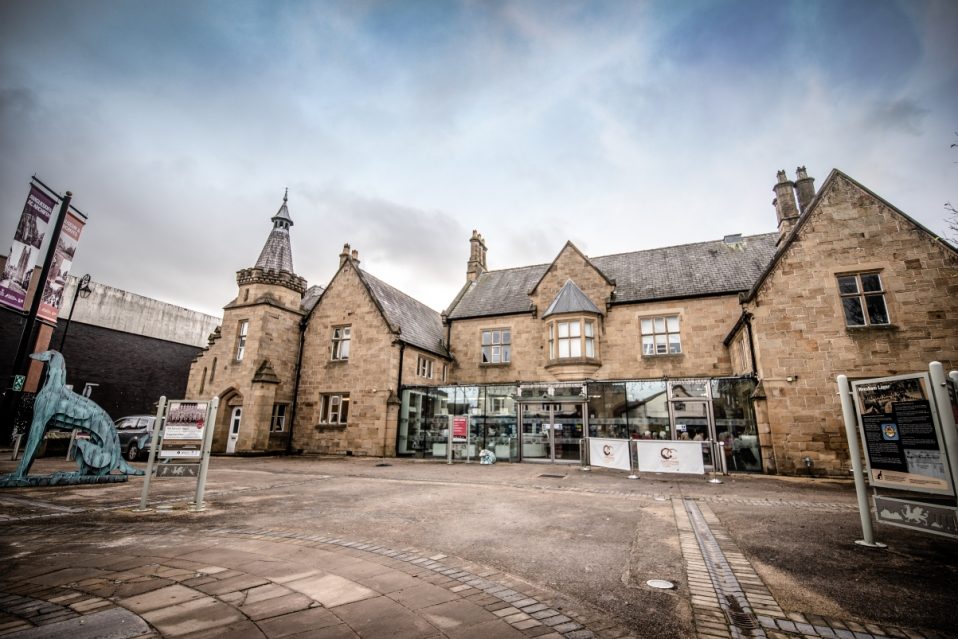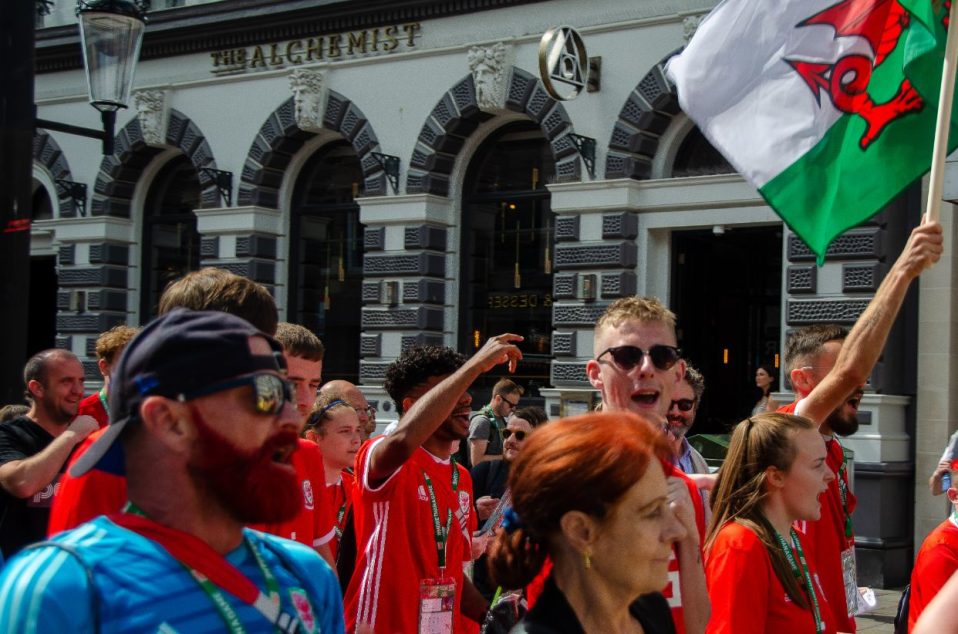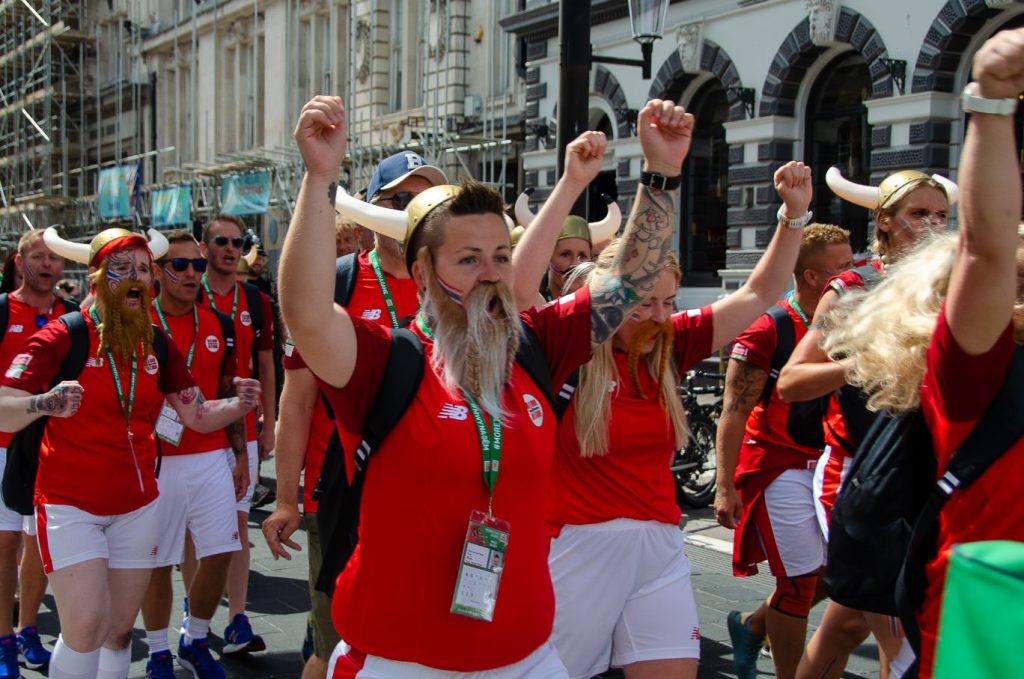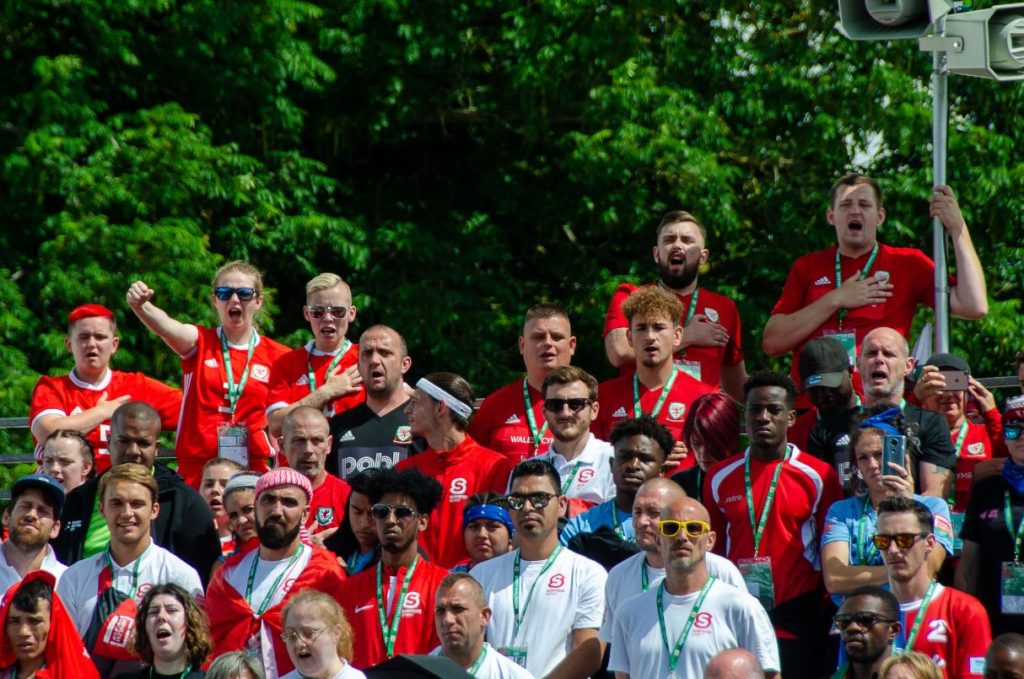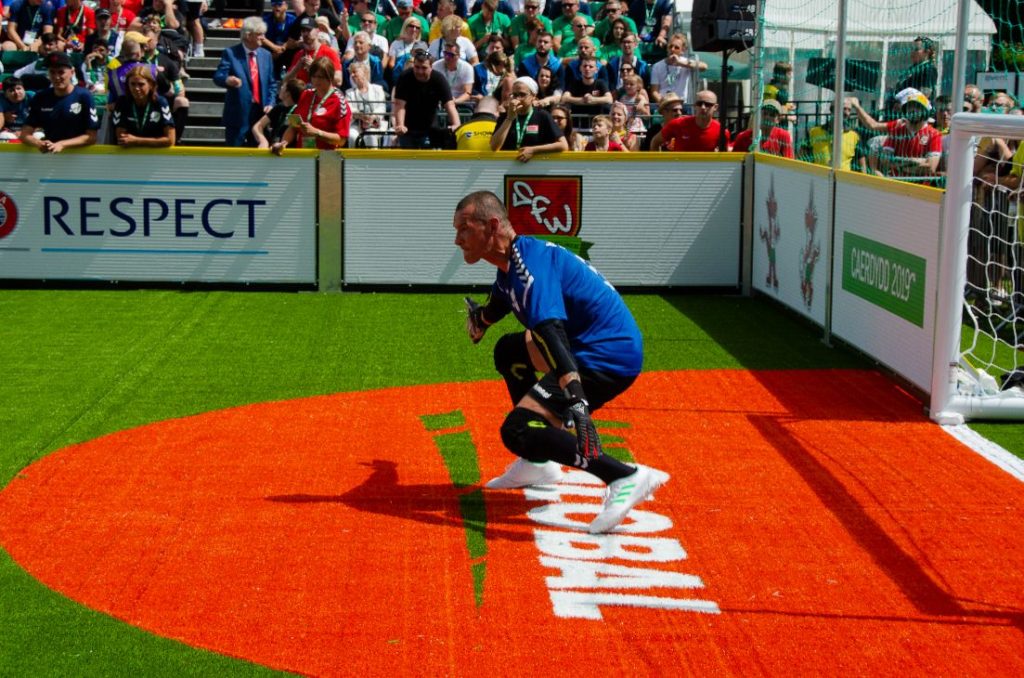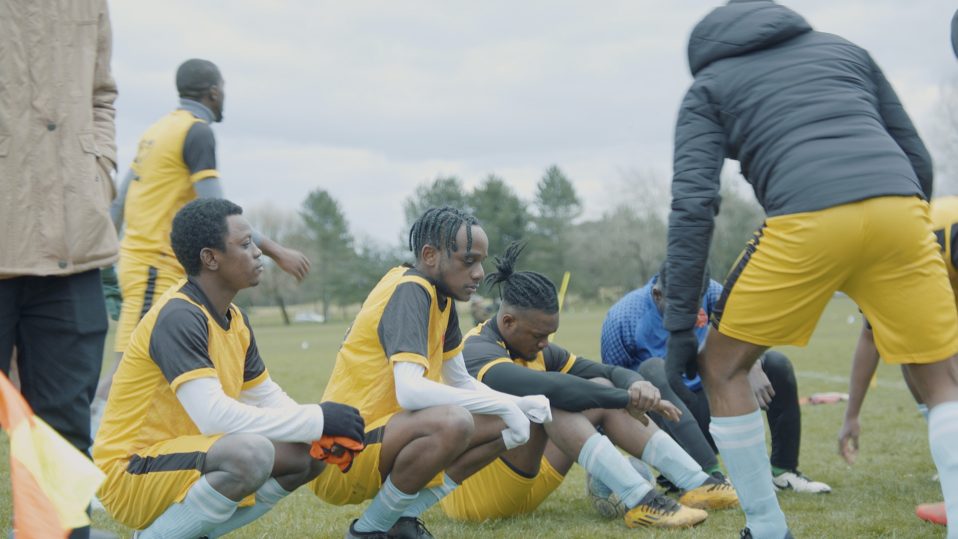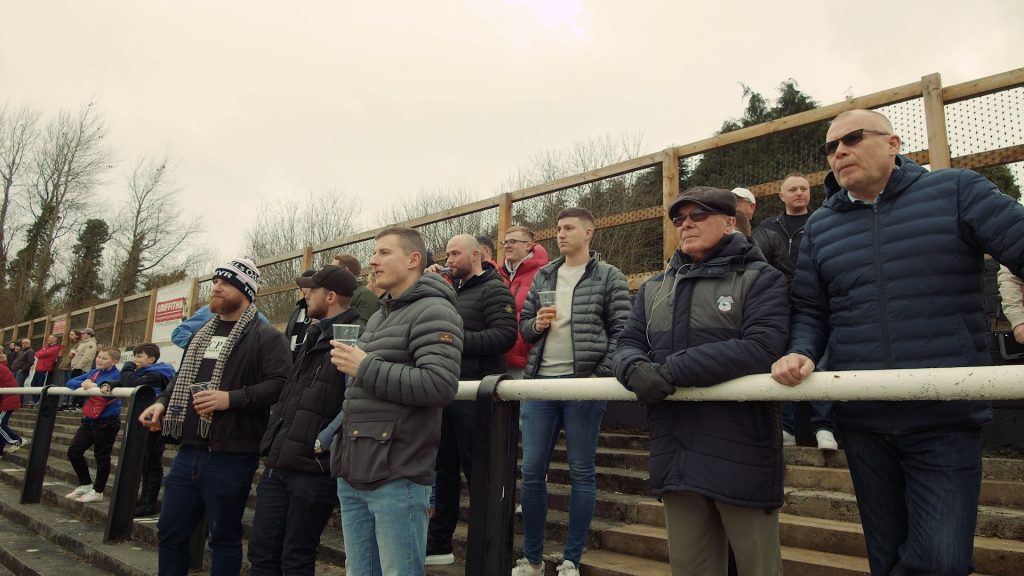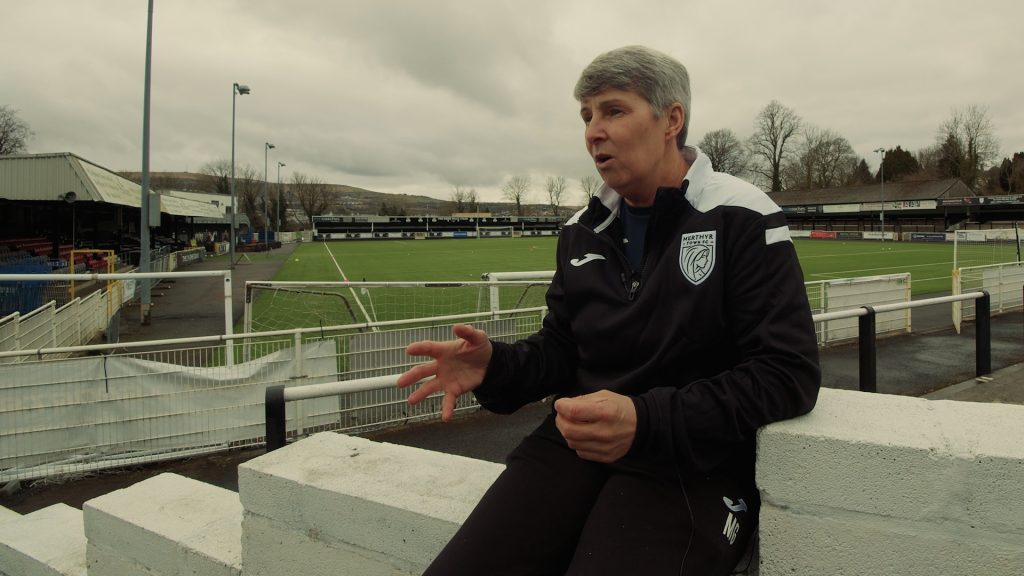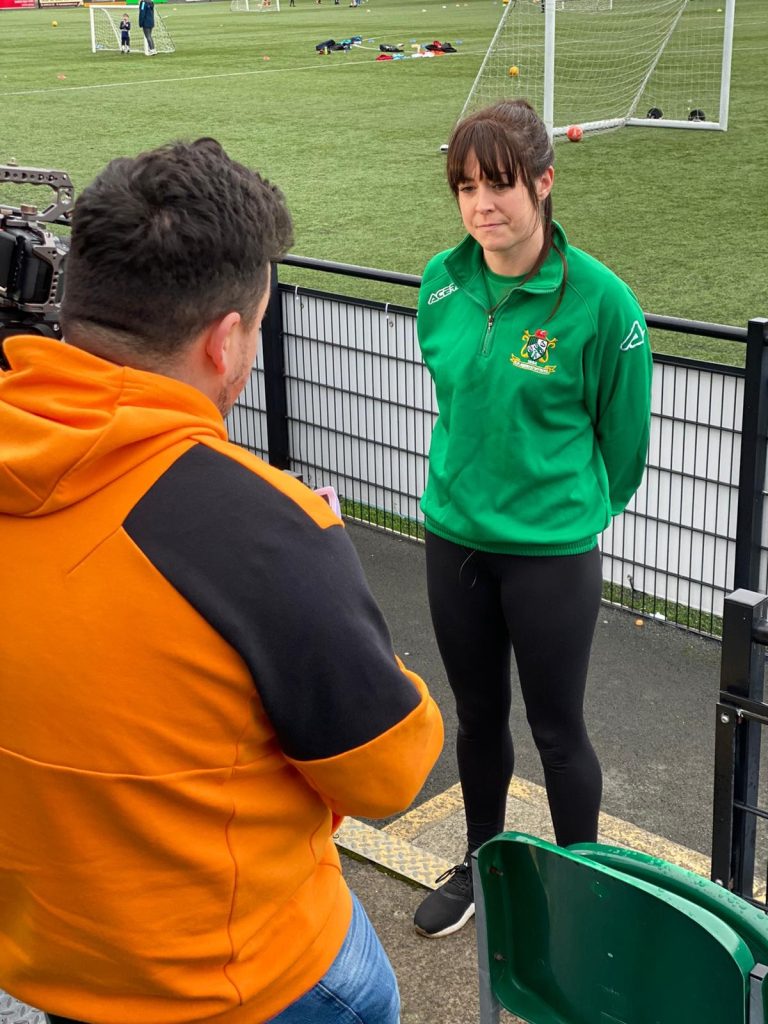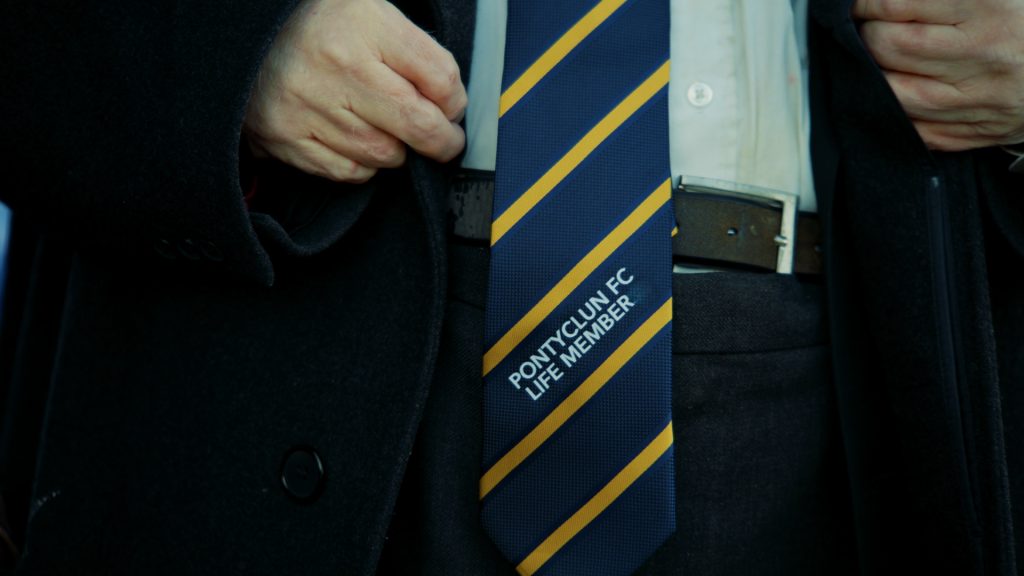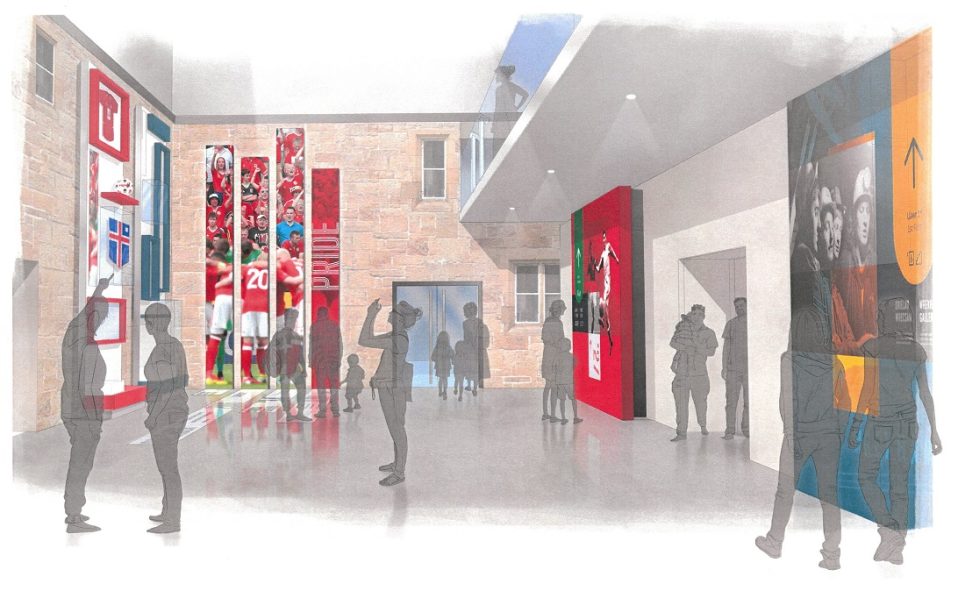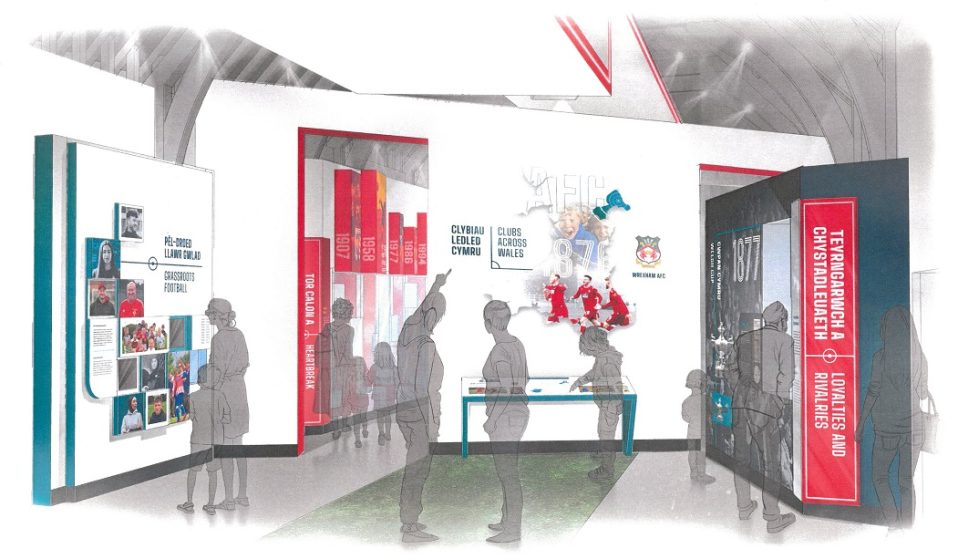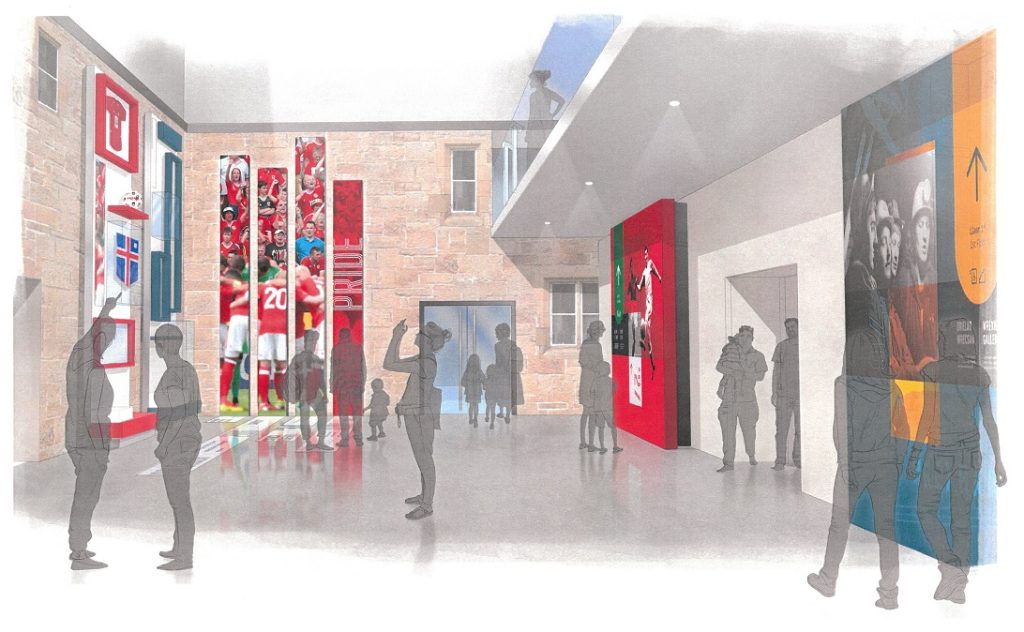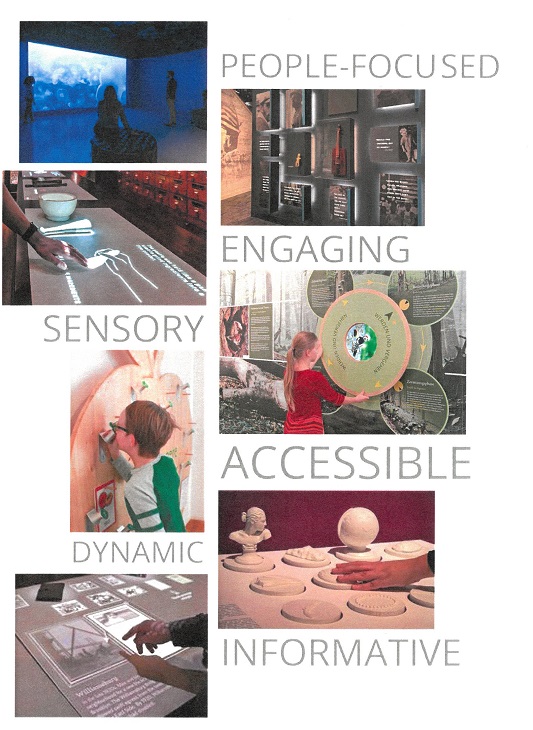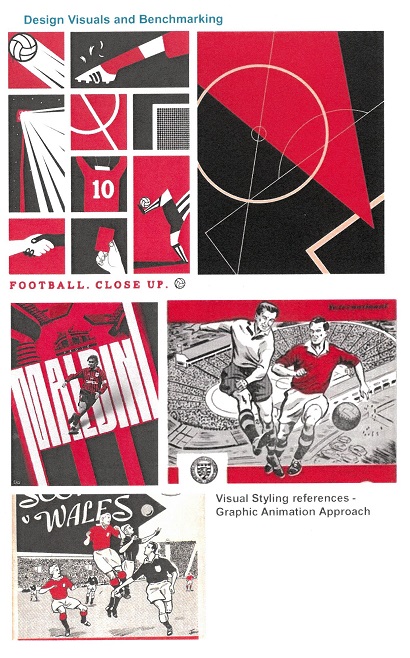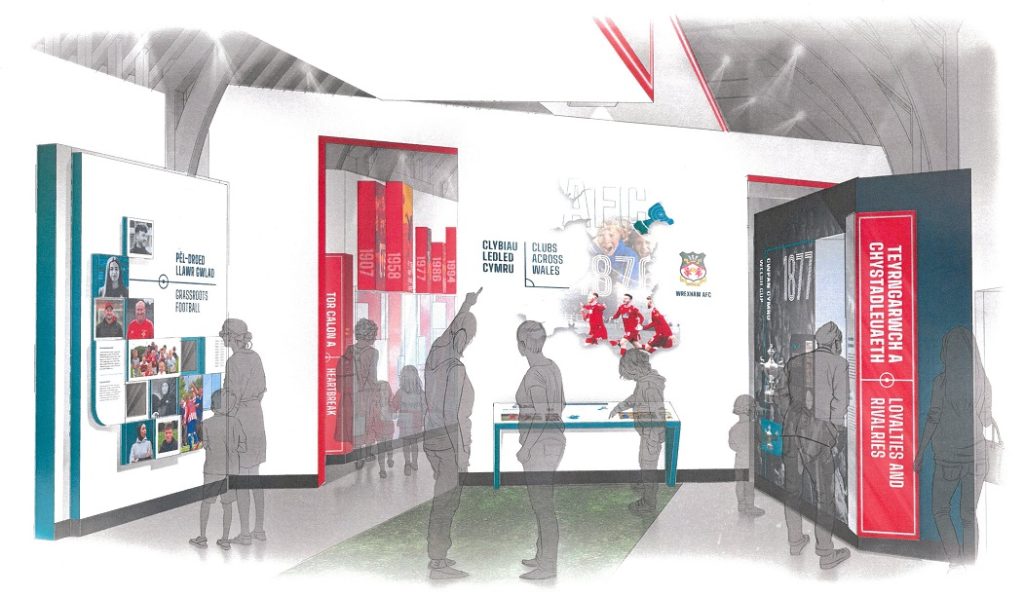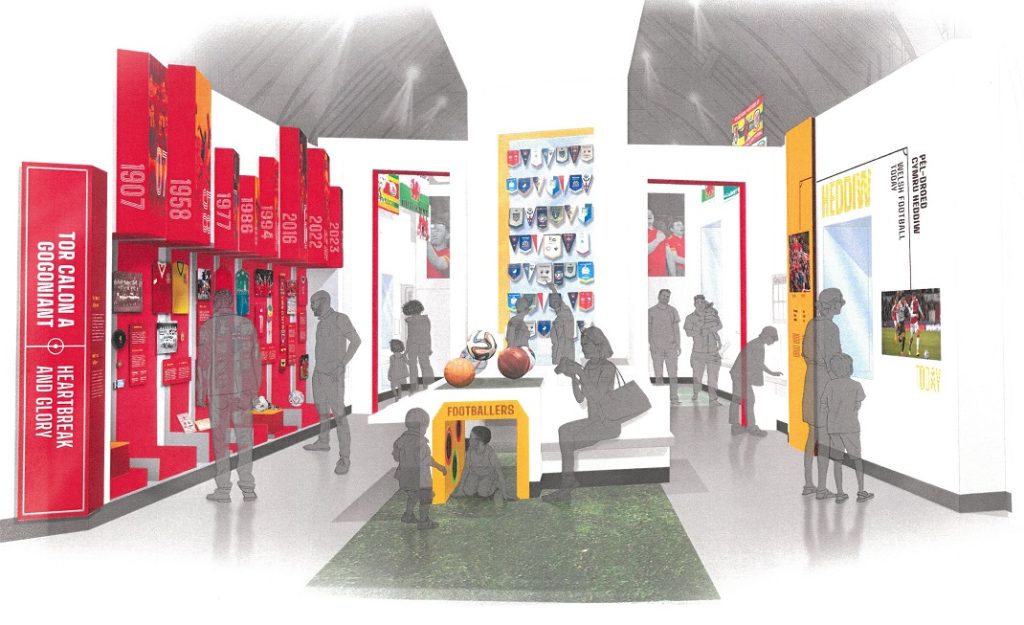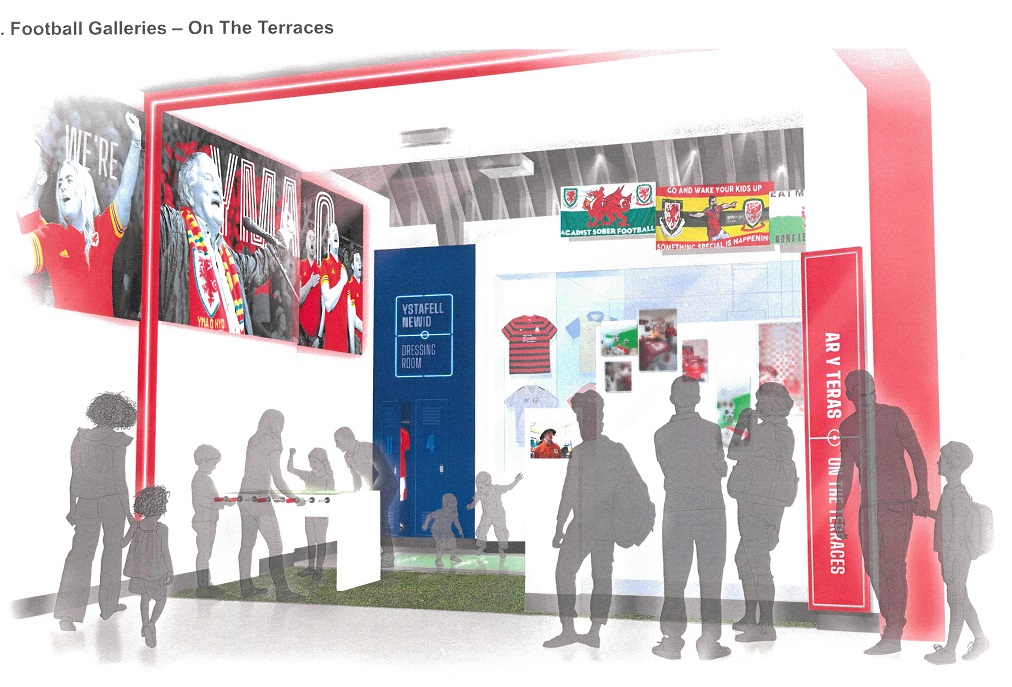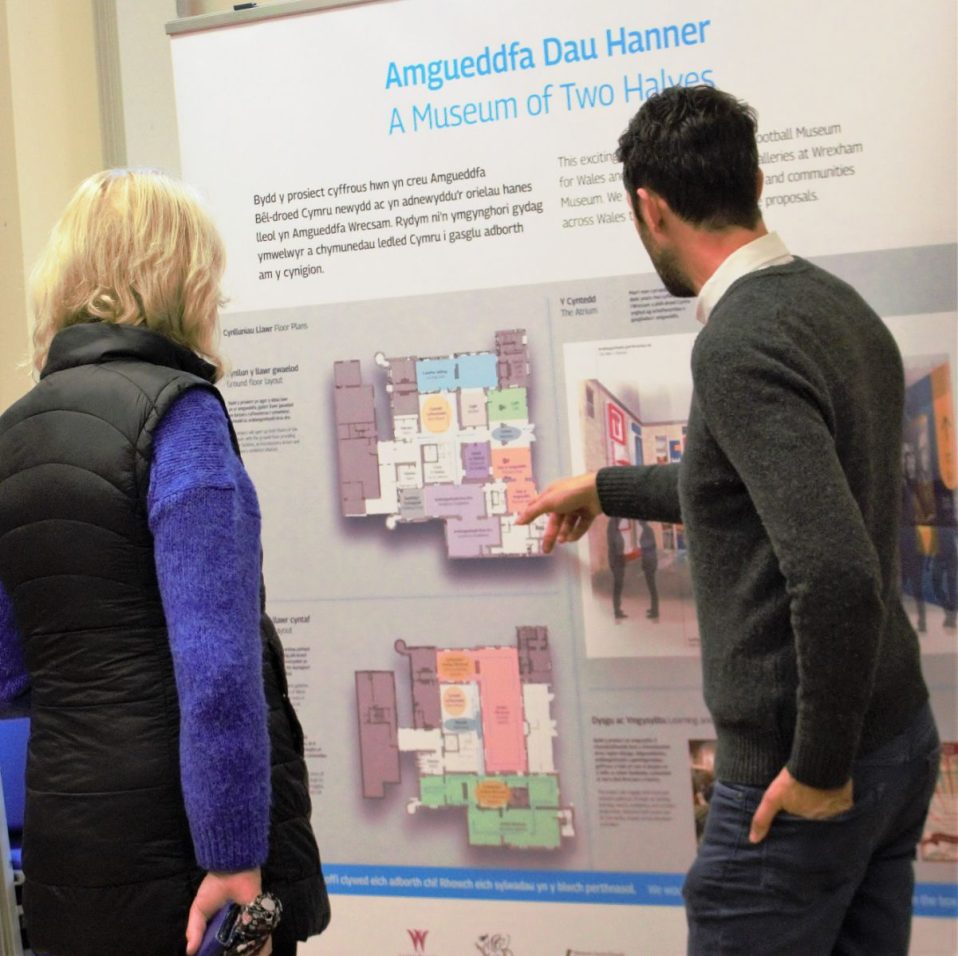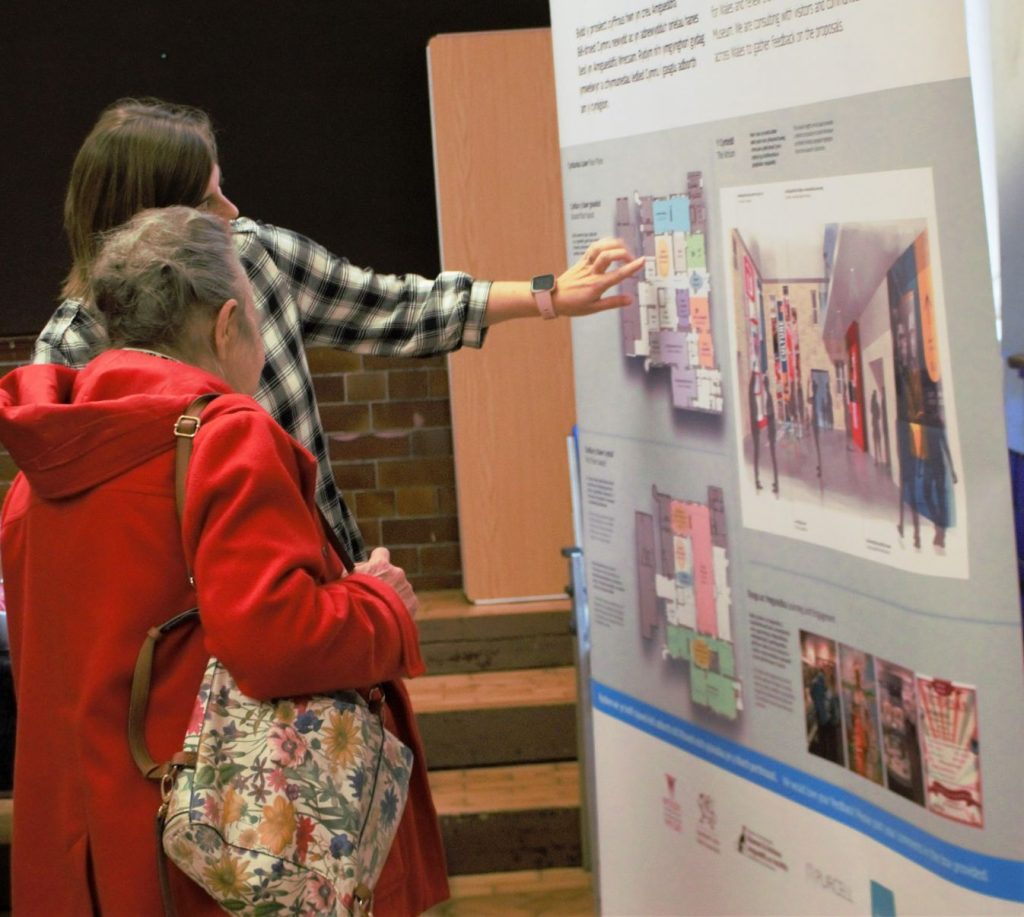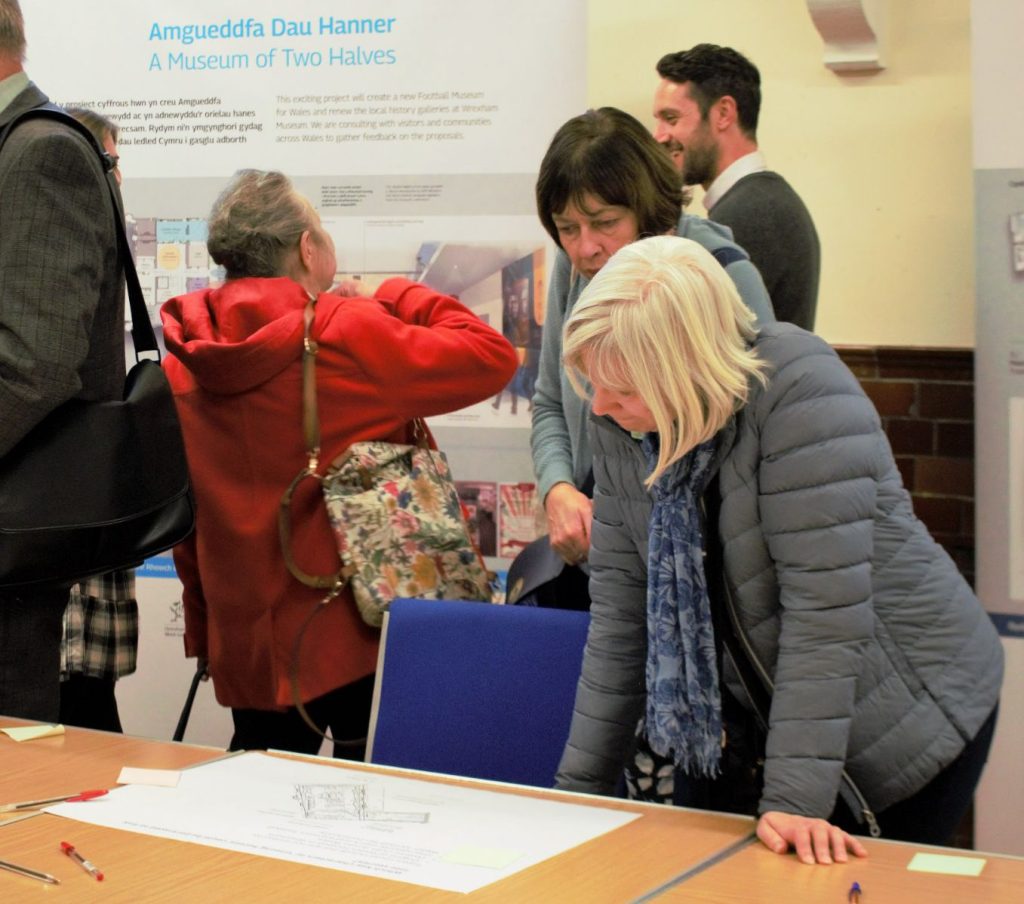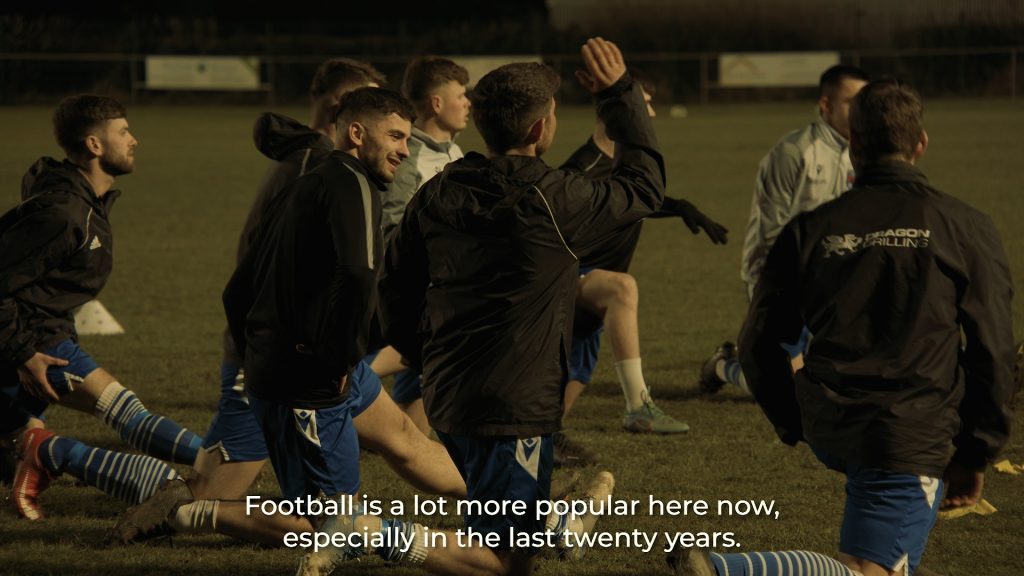
All six short films in our Welsh Football Club Origins series are now available to watch online.
The films include the stories of clubs with over a hundred years of history, as well as clubs who have only just started their Welsh football journey.
Each story is told with the help of candid interviews with key individuals from the clubs and members of the communities that support them.
The clubs documented are:
- Caernarfon Town FC (supporters club, North Wales Coast FA)
- Ruthin Town FC (youth football, North East Wales FA)
- Aberystwyth Town Ladies FC (amateur women’s team, Central Wales FA)
- Merthyr Town (club playing in English league system, Gwent County FA)
- Pontyclun FC (amateur men’s team, South Wales FA)
- African Community Centre AFC (inclusion club, West Wales FA).
The films have been funded by Welsh Government and produced by the team at the new Football Museum for Wales (currently being developed inside Wrexham Museum as part of the Museum of Two Halves project), working with Cardiff based media company, EatSleep Media
Many of the films were premiered individually at the clubs last summer, as well as being shown at the National and Urdd Esiteddfod.
‘Football is still a community game in Wales’
Accompanying the filming crew on their travels around Wales were the Football Museum Wales Engagement Officers, Shôn Lewis and Delwyn Derrick.
Delwyn shared his experience of creating the films: “This project has been an amazing experience. We went out to tell the stories of the origins of clubs from across all regions and all levels of football in Wales. We didn’t have a massive production crew, we didn’t have a special effects budget, we didn’t even have an umbrella between us one particular day of filming, but what we did have was a story.
“We spent time at clubs with over a hundred years of history and clubs who have only just started their Welsh football journey, but the story that I found fascinating, inspiring and surprising in equal measure, was that no matter the age of the club, the level of the club or the geography of the club, it seems that every football club in Wales has that small group of hardworking, dedicated and passionate volunteers.
“I wasn’t uninspired when we started these films, but I have come away from them even more inspired than ever before. Football is still a community game in Wales and I think that’s great, because if it’s a community game, then that means that it’s still our game, played for the love of the football. The last couple of months have been an absolute whirlwind of late nights, early mornings, cold wind, colder rain and literal hours of travel, but every second of it done with a smile.”

